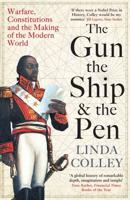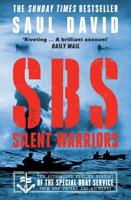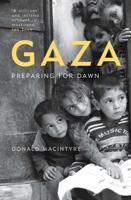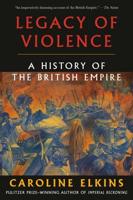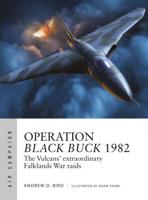Publisher's Synopsis
THE UNITED STATES AIR FORCE is a diverse military organization, composed of officers, enlisted members, and civilians. One characteristic defining it is that of professionalism in all three of its personnel components. Though professionalism has been recognized as an important part of military culture and organization over the centuries, it has become critically important in the twentieth century, the century of flight. For the Air Force, the weapons systems that the service employs are maintained, supported, and operated by members of the enlisted force. Inheritors of a proud tradition of service dating to the earliest days of American military aviation, enlisted members have fought-and too often died-in hostile skies around the world, in every conflict in which American aviators have participated. Organizing and training Air Force enlisted personnel have been among the greatest challenges to the service's leadership, as well as among its greatest accomplishments. Young men and women from varied social, cultural, and educational backgrounds enter the service; are introduced to its culture, heritage, and traditions; are trained to fulfill myriad tasks; and then already imbued with a sense of service before self, go forth to their first assignments. Ongoing career training and professionalization continue throughout their careers. That the Air Force has met the challenge of training its enlisted force well is evidenced by its members' record of accomplishments in America's wars and other times of national emergencies. This work traces how the service built its enlisted cadre in the key, early years of the service when the Air Force was itself a new and unsettled organization. The lessons offered in this book present valuable perspective to decision-makers today as they grapple with force drawdown and maintaining appropriate standards of training and professionalism even as America's Air Force is called upon to serve in new and increasingly more demanding roles.

